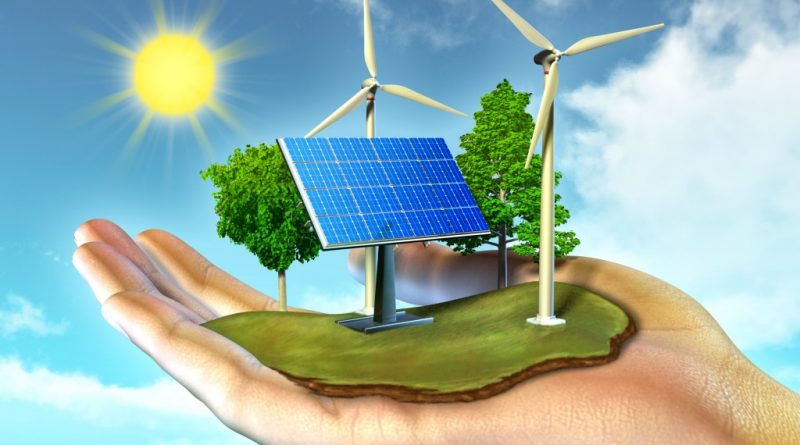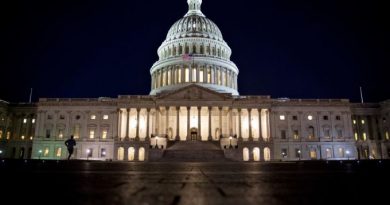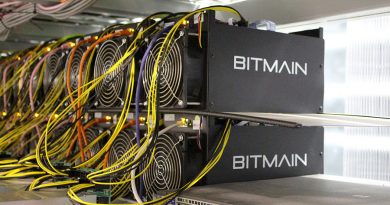How to make a buck by investing in clean energy: avoid ‘the hype’ and Tesla
Investors can earn strong returns from investing in climate change, provided they avoid getting caught up in the hype, says Kim Mayer, a member of the focused equity team at giant US fund manager GMO.
Mayer says some investors have lost money after investing in the climate change sector in the past decade, despite the tremendous growth it has experienced, and continues to experience.
GMO defines the climate change sector as including clean energy (such as wind, solar and geothermal), large-scale projects that boost energy efficiency, as well as companies whose business model involves assisting with the effects of global warming.
“Since 2010-11, projections have been upgraded every year for both the growth and the uptake of renewable energy. But this positive outlook is a necessary, but not sufficient, condition for making good money. You’ve also got to get down to the industry level, and even to the company level,” Mayer told The Australian Financial Review.
‘Get down to industry level’
For example, he says, “in the past 10 years, investors in solar ETFs (exchange traded funds) have lost a lot of capital during a period of tremendous secular growth.
“The reason is a vast amount of the market cap of the solar industry, and this still applies today, reflects companies that have almost no barriers to entry,” he says.
“At the same time, manufacturers of solar panels face significant price competition from China. So this was not a good area for investors despite the tremendous growth in uptake of solar energy.”
But Mayer is enthusiastic that there are major opportunities for investors as production costs for clean energy “are now at a significant inflection point”.
He points out that in 2009, the production cost of solar was around $US400 per MWh, while that of onshore wind was about $US150. By the end of 2016, those costs had fallen to under $US70 and $US50 respectively.
‘Inflection point’
“So if you look at the production costs of around $US60 [$76] per MWh for coal and natural gas, it looks like solar and wind are already competitive.
“But wind and solar are intermittent sources of power, so you also have to factor in the cost of storage. And here also there’s been a dramatic fall in cost.
“The cost of lithium ion battery packs – that are used in electric vehicles – have fallen from $US1000 per kWh down to $US270 – that’s a 75 per cent reduction in the last seven or eight years.”
As a result, he says, “we are very very close to reaching that inflexion point where the the costs of these renewable energy sources are going to be beating the fossil fuel alternatives.”
Indeed, he says, there is anecdotal evidence that suggest this point has already been reached. “We’ve seen bids for solar and wind projects that are yet to be built below $US40 per MWh.
“Any way you look at it, this is becoming a very economic solution in terms of an alternative to fossil fuel production.”
‘Avoid the hype’
But if investors want to make good money out of clean energy, Mayer says, “it’s important to avoid the hype and to invest in companies that already generate good cash flows, and that are already profitable.”
In addition, he says, investors will likely get a better return by investing in a specialist climate change fund, such as the GMO Climate Change Fund, which was launched last April.
“One of the reasons GMO is attracted to this sector is it’s highly inefficient, which means that you need a disciplined value approach – and a very good global data set – to generate strong returns.
“Our approach is not to have a highly concentrated portfolio – either in terms of particular subsectors, or in terms of geography. We’ve got around 125 companies in our portfolio.”
Mayer says GMO’s Climate Change Fund – which has under $US50 million in assets under management – has a strategic allocation that targets 30 per cent of funds invested in clean energy, 30 per cent in energy efficiency, and 20 per cent in agriculture, with the remaining 20 per cent spread across other subsectors.
So what does he see as the best investment opportunities in the clean energy space?
“We’re interested in companies whose business model is pointed at climate change mitigation – and that includes clean energy, lithium ion batteries, or companies that are working on smart grids that can handle intermittent energy sources,” Mayer says.
“But we’re also interested in the materials and technology involved; such as lithium producers, or the companies that manufacture the chips that are used in electric cars, or the smart technology for retooling the grid.
“And that also includes copper producers, because electric cars use three times as much copper as traditional vehicles.”
‘We don’t own Tesla’
He says electric cars are another example of the importance of avoiding the hype. “We don’t own Tesla today, with their stretched valuations and negative earnings.
“So we prefer to invest in manufacturers of the chips that all electric cars use, and through copper.”
But he says investors also have to realise that finding solutions for climate change “is likely to be a decades-long process”.
“So we’re also interested in investing in companies whose business models are pointed at adapting to climate change as carbon dioxide levels continue to rise, temperatures continue to increase, and the frequency of dramatic climate events escalate.
“This means we’re involved in water treatment plants, water processing, as well as precision agriculture and efficient fertilisers.”
‘Greater fool market’
So how does GMO handle the famous difference of opinion at the top levels of the firm?
Jeremy Grantham, the legendary co-founder of the firm, believes the US sharemarket could be headed for a euphoric “melt-up” phase that could see share prices surge, even though the market is already one of the highest-priced in history.
In contrast, GMO strategist James Montier says the US sharemarket is a “greater fool market”, where buyers are snapping up stock in the hope of selling to someone else at an even higher price before the bubble bursts.
“That’s an interesting debate that continues internally,” Mayer says. “The way we handle that with our own asset portfolios is that we don’t design them to be optimal for either outcome – either a quick reversion back to fair value, or a world of secular stagnation.
“So we have more risk assets than we would if we knew markets were going to revert to fair value, but fewer than if we knew we were entering a world of indefinite stagnation, with lower interest rates and lower discount rates.”
(Financial Review – Australia)




